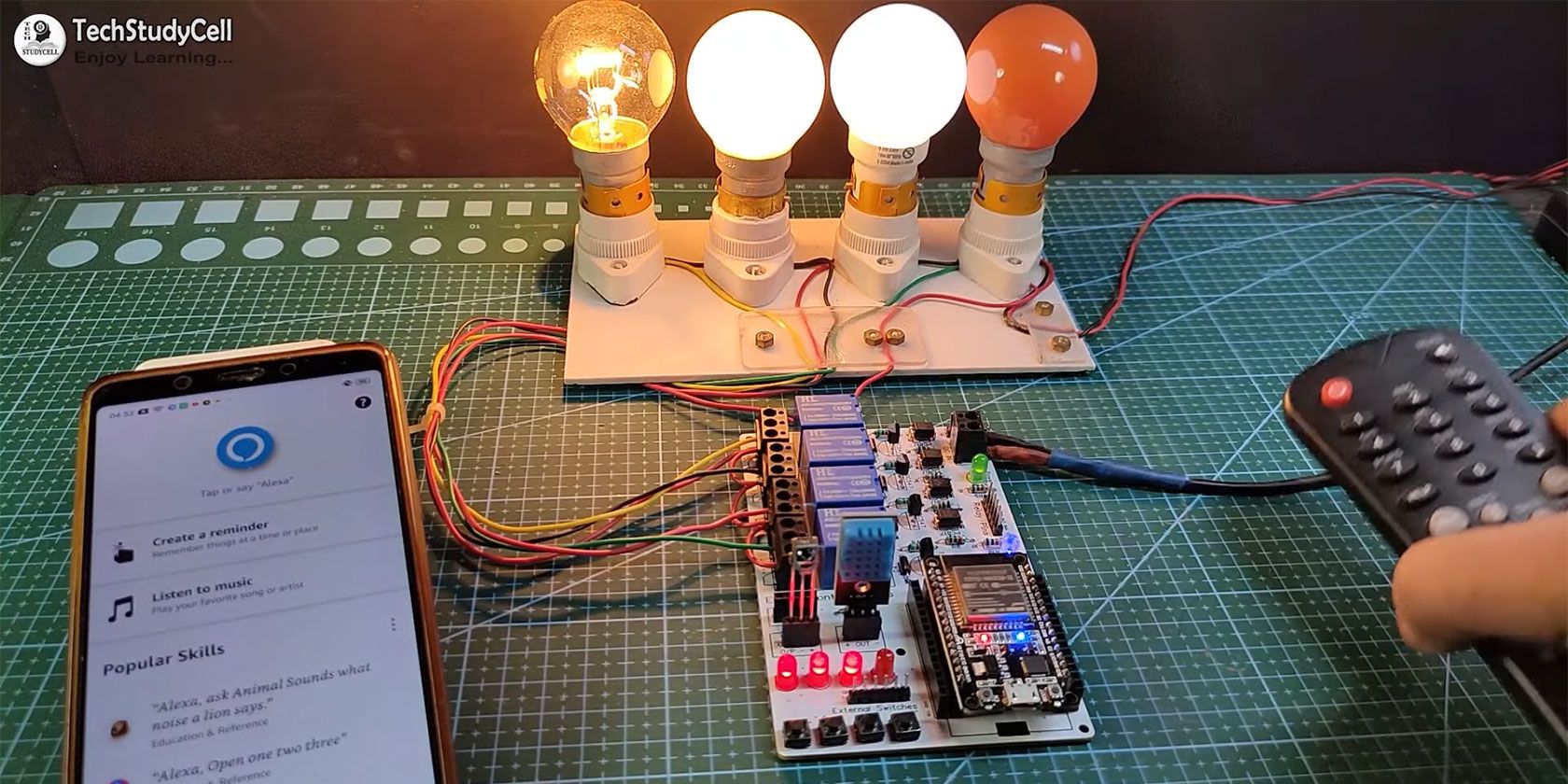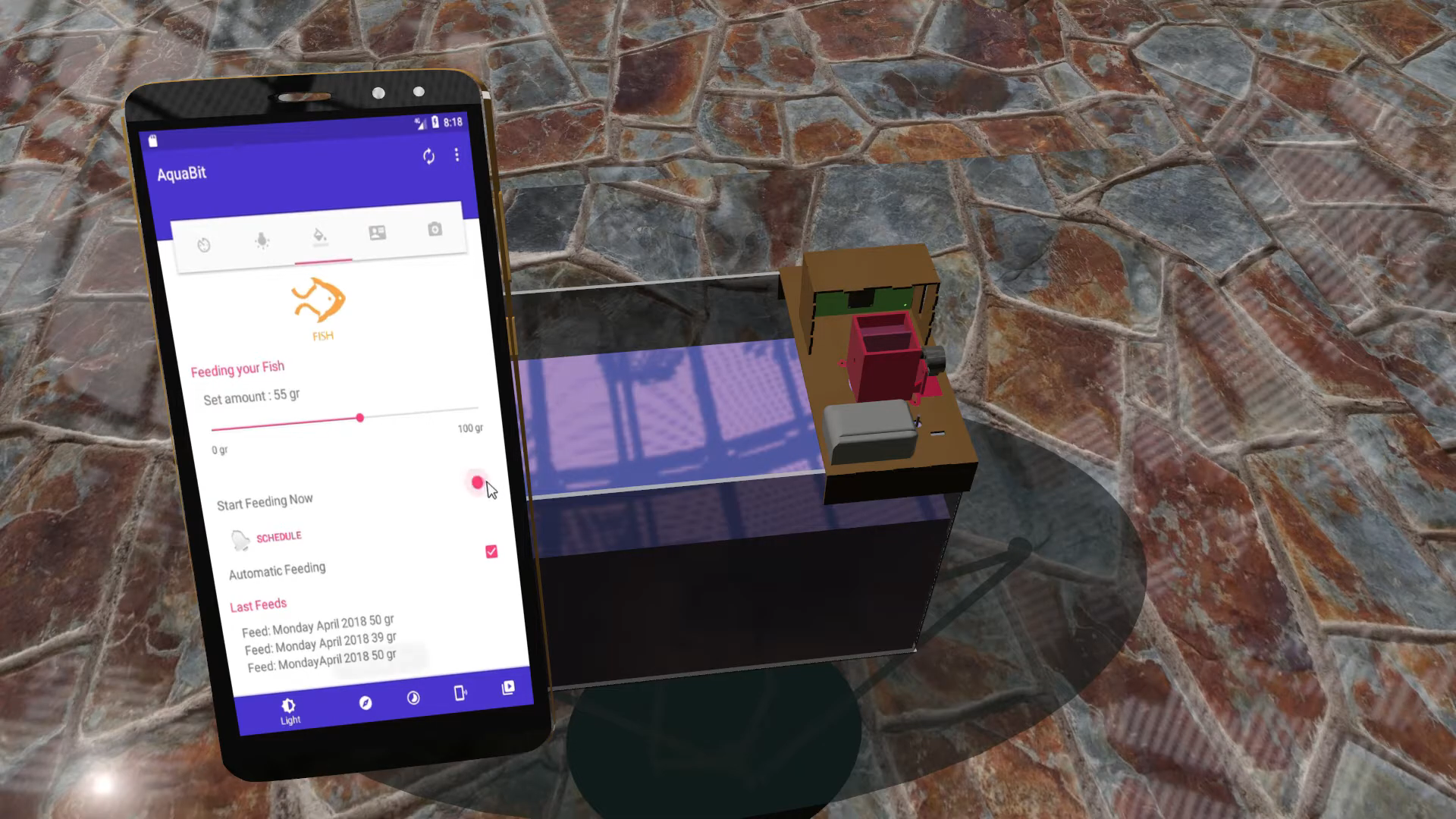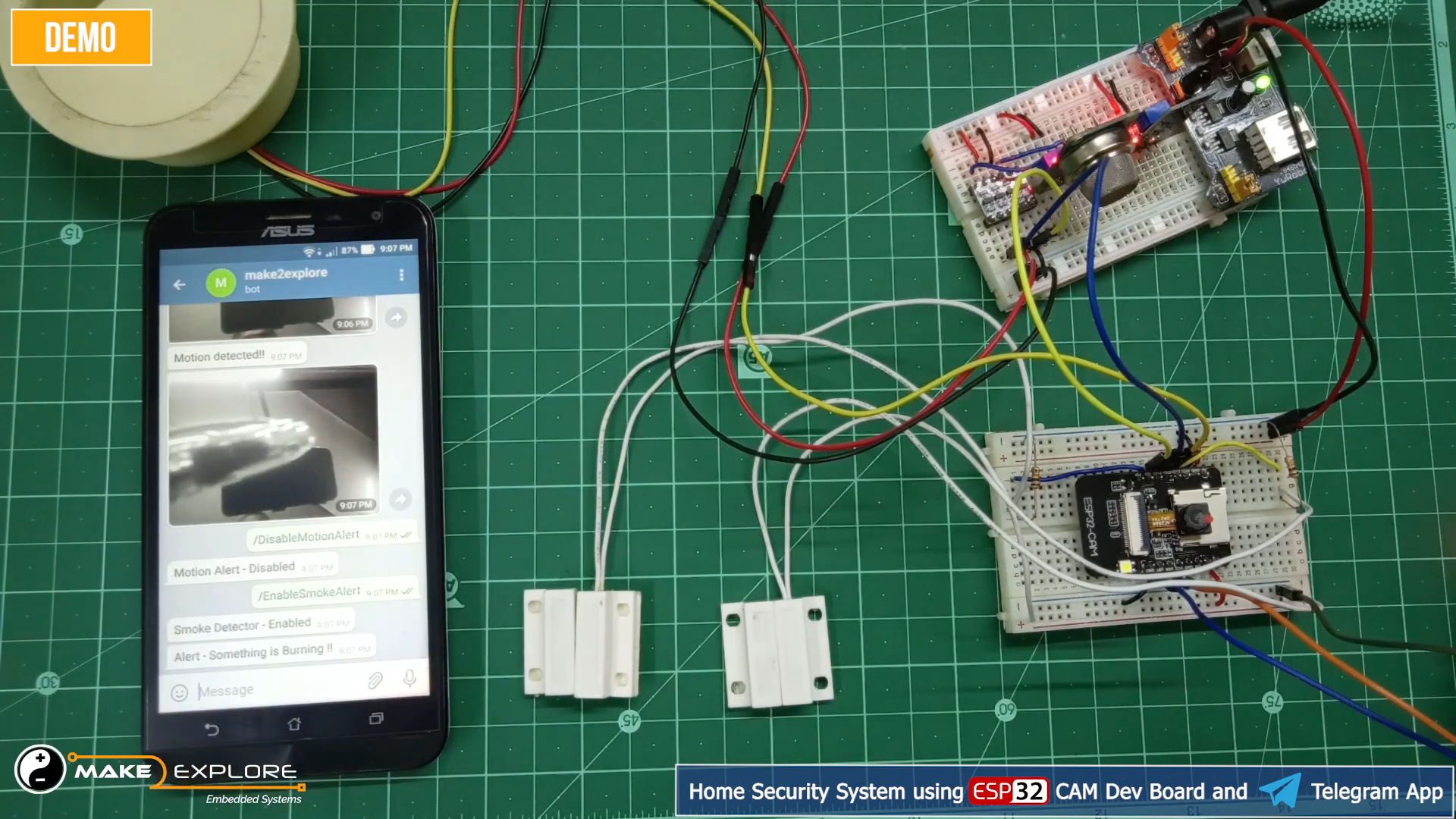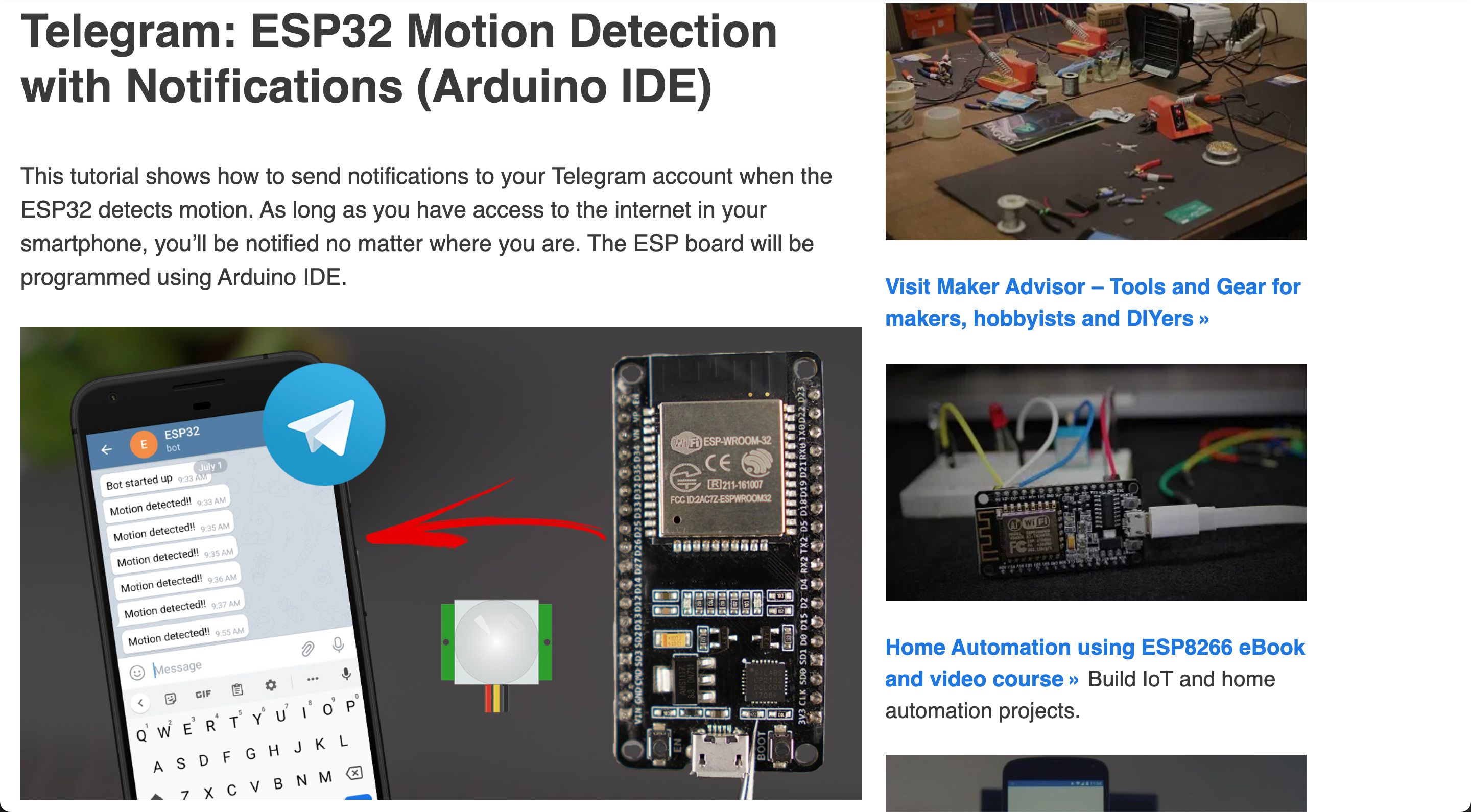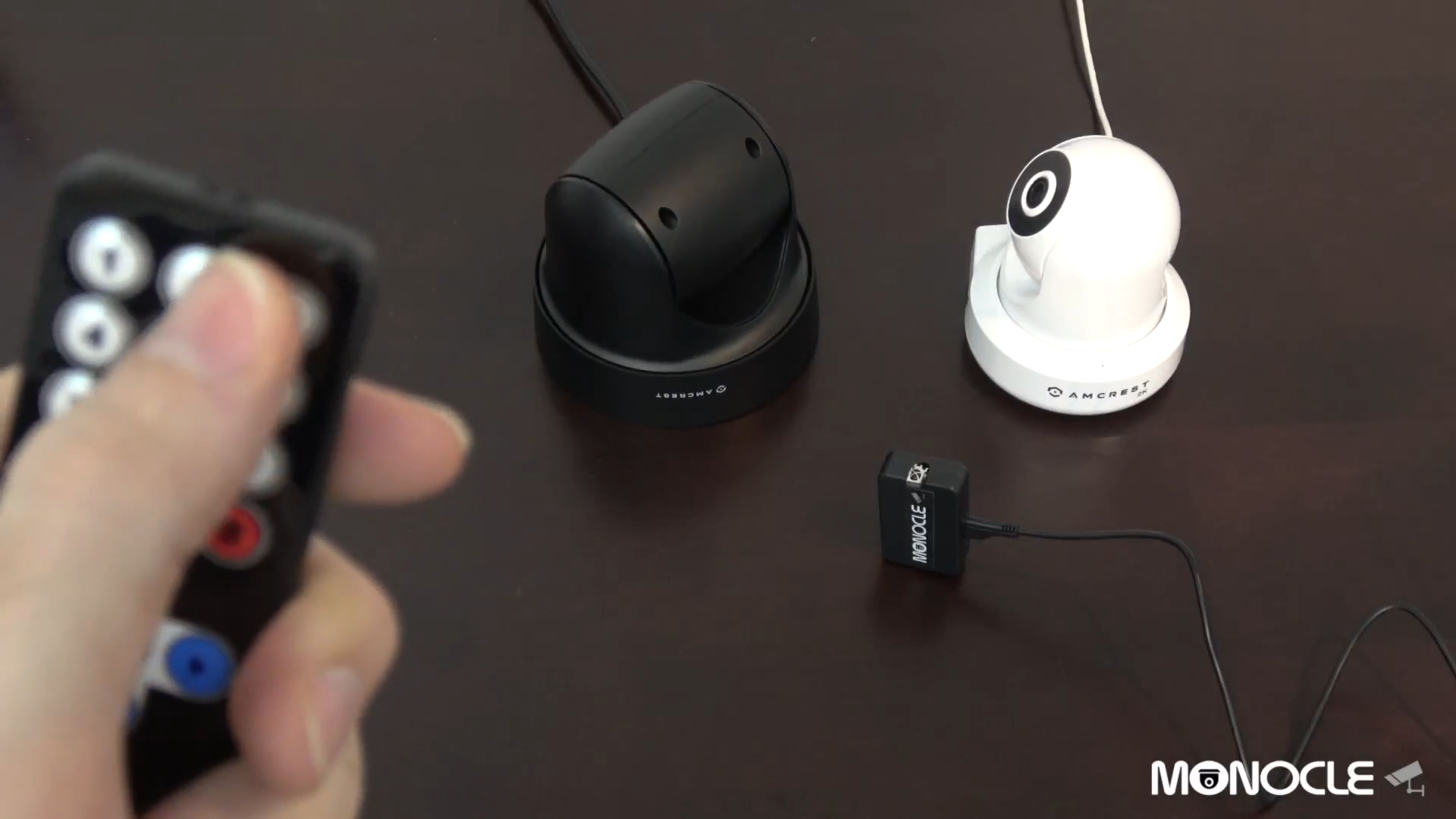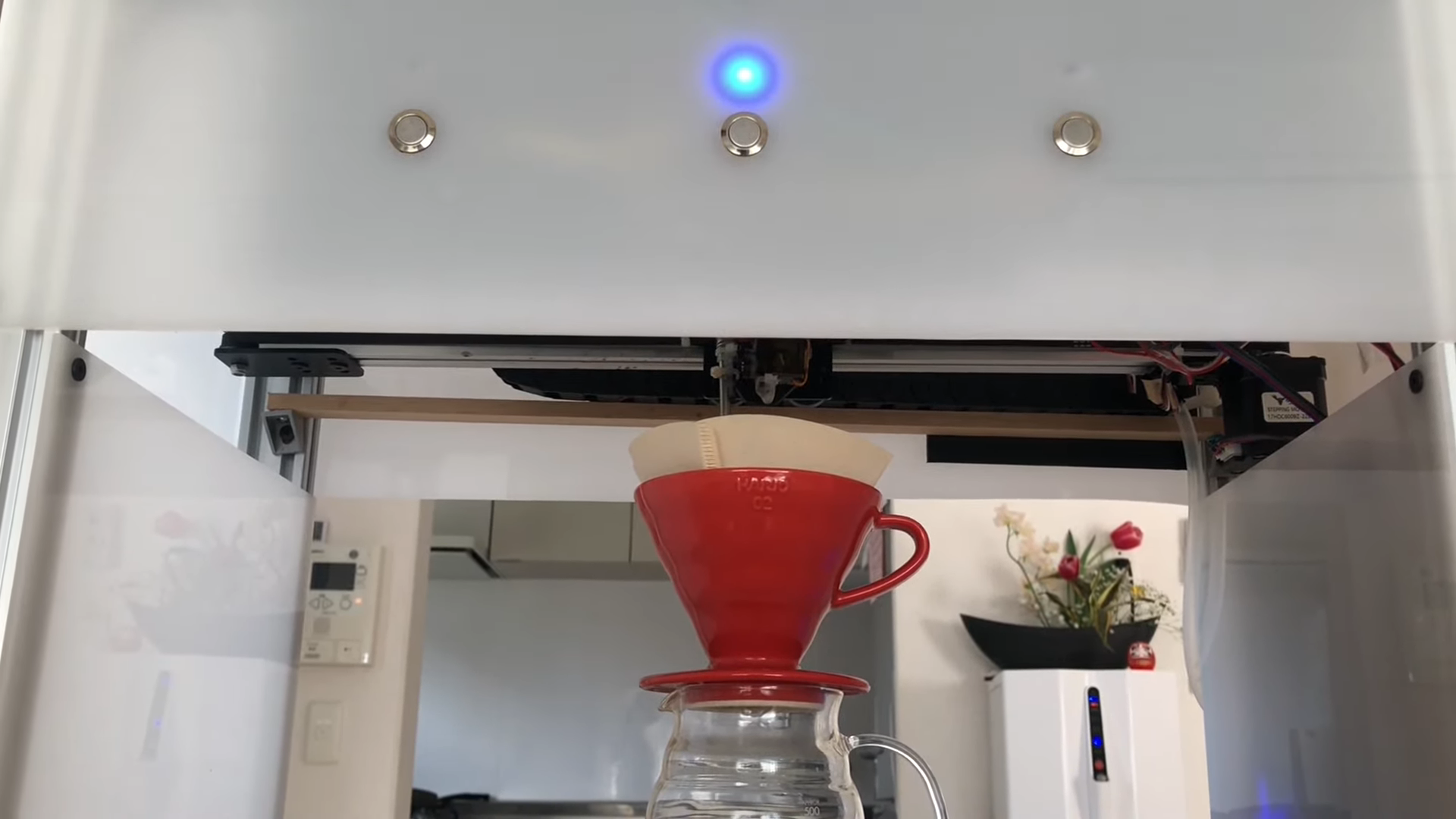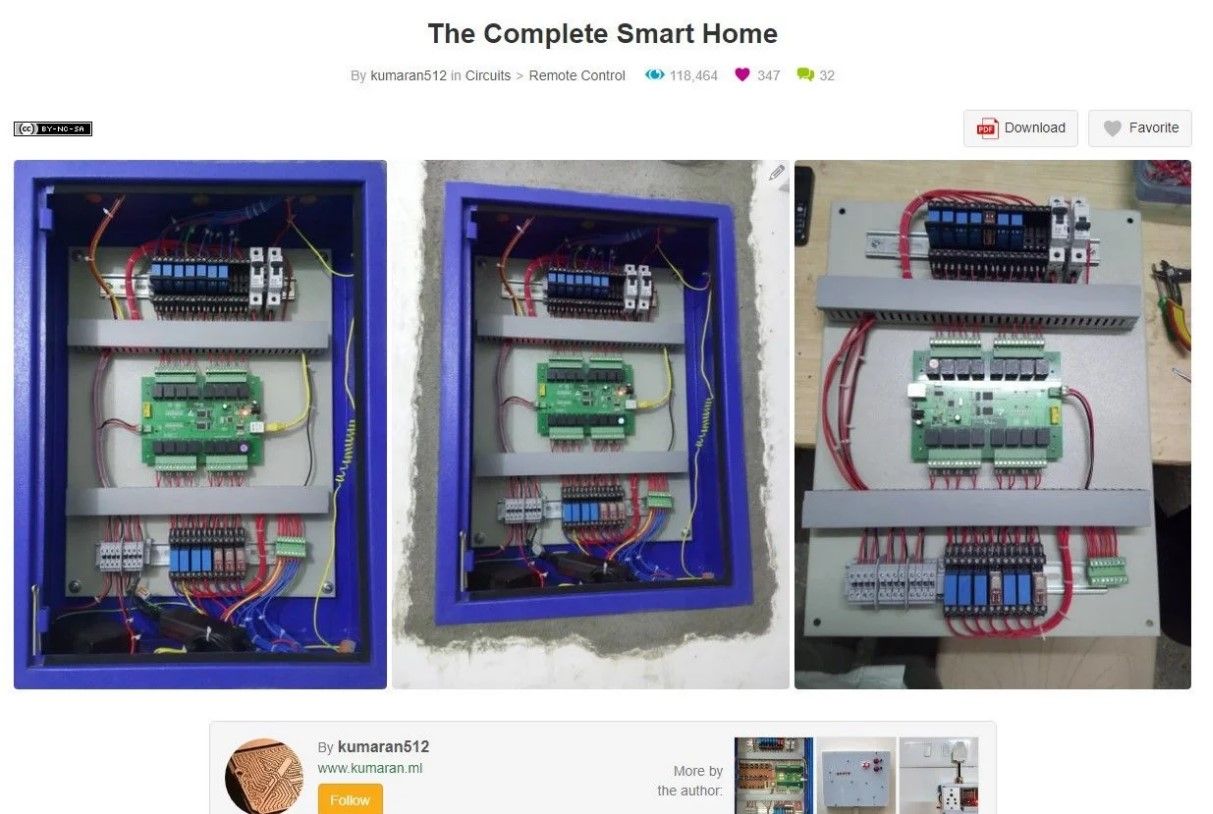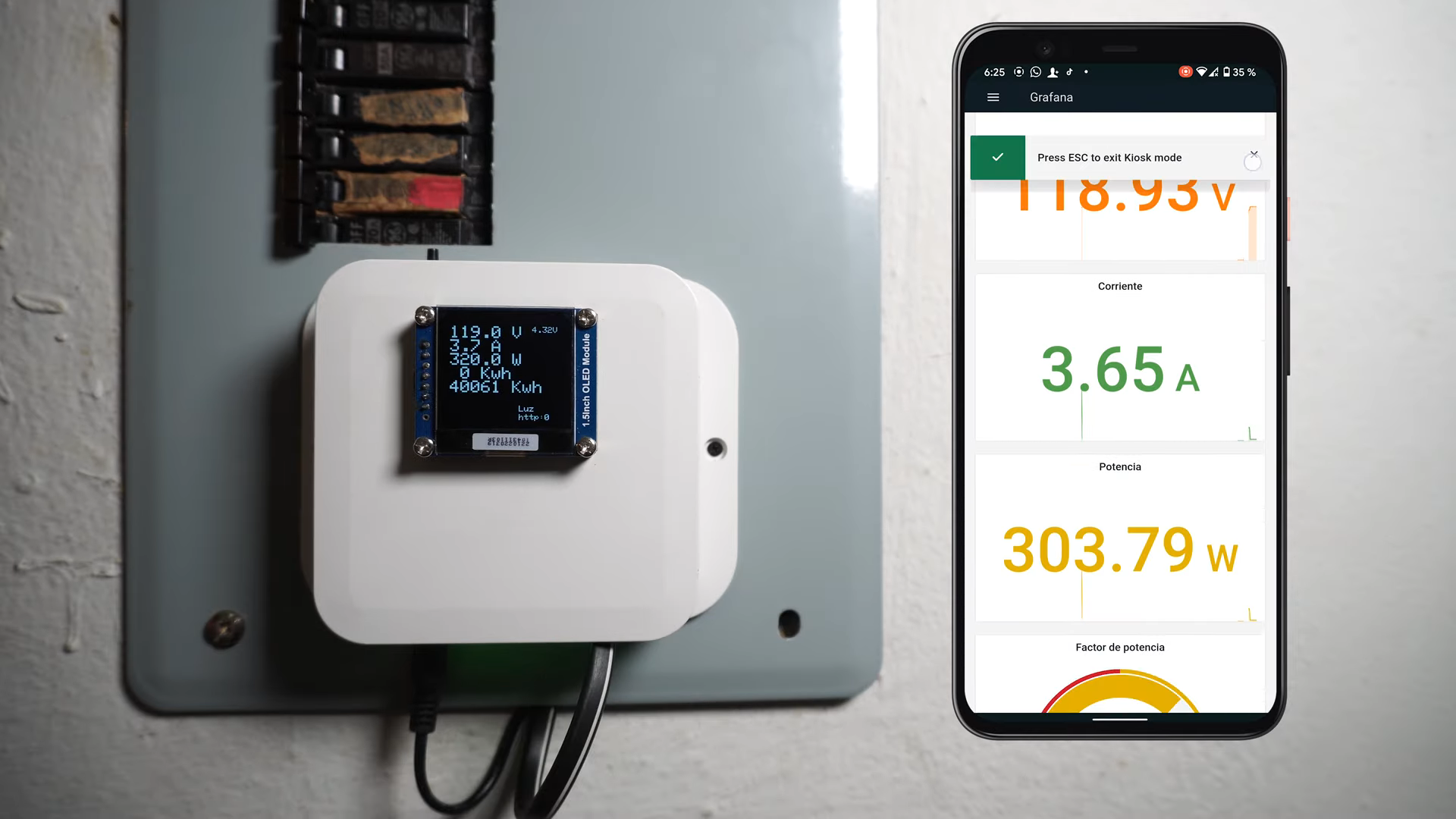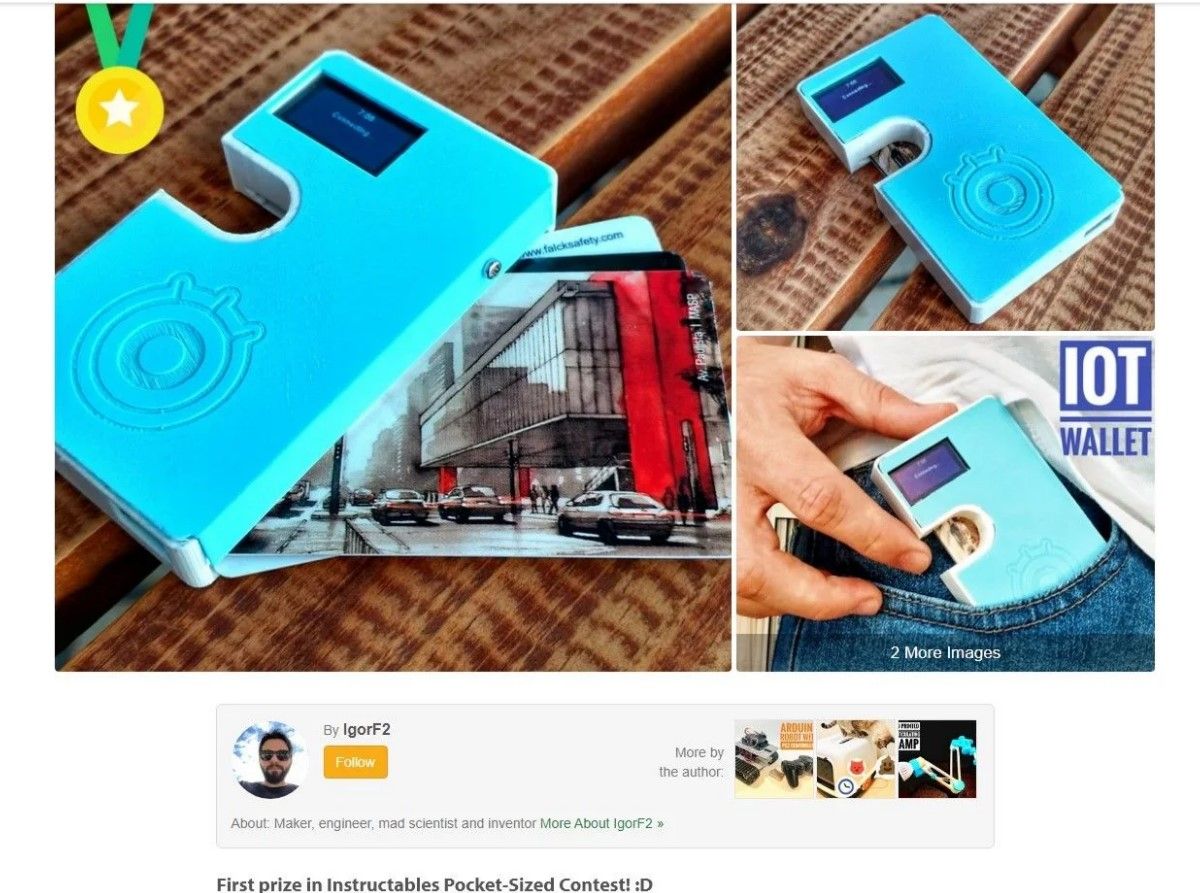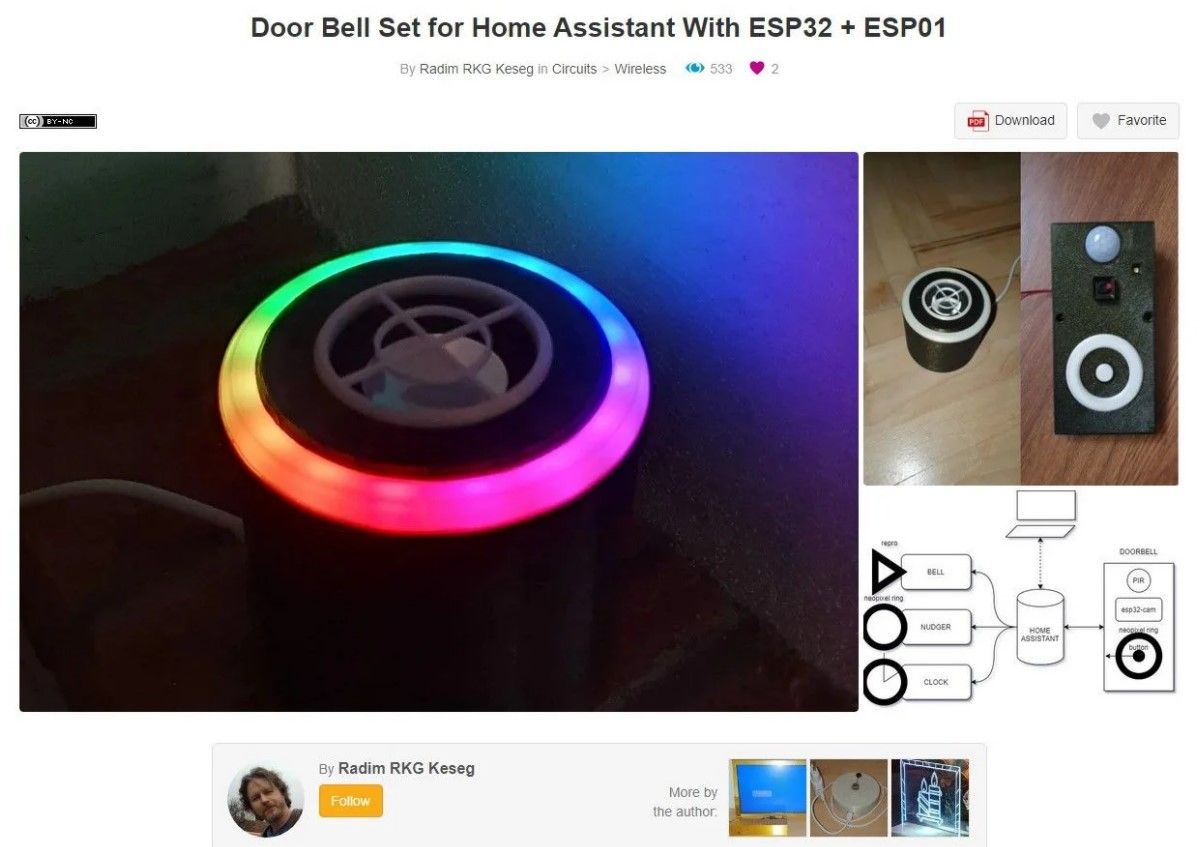A smart home is one in which appliances and devices can be controlled remotely from any phone or computer with an internet connection. It is typically based around wirelessly connected devices created with microcontrollers, such as an Arduino, or an ESP32 board.
The ESP32 microcontroller has on-board Wi-Fi and Bluetooth support, making it ideal for makers and electronics enthusiasts looking to build their smart home project. Let’s check out some of the best smart home projects built with the ESP32.
1. Smart Aquarium
This project is built with an Espressif ESP32S board which monitors the aquarium. Specifically, it allows users to schedule when the fish will be fed automatically, or manually with a touch of a button in an Android app. Users can even specify the amount of food to be fed. It also has a controllable lighting system that can be customized with an RGB palette.
Furthermore, it has a night mode where white LED lights are turned on based on the current light level. With a waterproof DS18B20 temperature sensor, it can also measure the warmth of the aquarium water. An oxygen pump can also be controlled with two programmed modes: low and high.
To create your own smart aquarium, follow along with the tutorial in the Arduino Project Hub, linked above.
2. Home Security System Using ESP32-CAM and Telegram App
This is a smart security system to detect intruders in case of a break-in. As part of the build, the maker has included a PIR motion sensor as well as an ESP32-CAM development board with which to take security footage.
Using a Telegram app, these photos can be sent to alert the user. In addition, the project incorporates a flame sensor and gas sensor. So there is fire, gas, and smoke detection in case of a fire or gas leak.
3. ESP32 Based Telegram Bot
This project is a Telegram bot built with an ESP32. Specifically, it sends notifications to your smartphone via a Telegram account whenever it detects motion.
While there are plenty of security cameras on the market, with this you could create a security system at a fraction of the cost. Build your own ESP32 Telegram bot by following the steps outlined at Random Nerd Tutorials.
4. Monocle: View & Control IP Cameras
Since Amazon Alexa does not support direct integration with web cameras running inside your network, the maker created Monocle, an online gateway service for this purpose.
Specifically, it lets you view and control your cameras that have pan-tilt zoom capabilities. It also allows you to control cameras that don’t have built-in cloud connectivity.
The example device built here uses a few different microcontrollers including the Arduino MKR1000 and Espressif ESP32S, as well as a Raspberry Pi Zero W single-board computer.
5. Alexa Voice Control Smart Home
Control up to four appliances with the sound of your voice. This project operates four light bulbs using an ESP32 and four-channel relay module. Also included is a DHT11 temperature/humidity sensor, an IR sensor, and push-button switches.
It lets you control devices with Amazon Alexa or the Arduino IoT Cloud dashboard. According to the maker, you don’t even need an Alexa device for this build. Instead, they have opted to use a free version of Arduino IoT Cloud instead.
6. Barista Robot
This barista robot is powered with an ESP32 and an Arduino Nano R3! It makes the kind of high-end artisanal coffee that you’d expect from the hand-pouring techniques of a skilled barista.
Customize its three brewing stations with various recipes through a web app and personalize each brew. There are a few parameters that can be set, such as brewing time, resting time, how much water to use, and the pattern used during hand-pouring.
7. The Complete Smart Home
Turn your ceiling fans and lights on and off with this complete smart home project. According to the maker, up to 16 loads can be turned on or off through the use of an Android, iOS, Windows or other web-based device.
Build your own complete smart home by completing the instructions found on Instructables, linked above.
8. Smart Arduino Energy Monitor
Check your energy usage with this DIY smart energy monitor made with an ESP32 and a Raspberry Pi, as well as Home Assistant home automation software.
Essentially, it measures current and voltage samples using sensors in your power grid. This data is then sent to a local server using Home Assistant and a Raspberry Pi. Follow along the full step-by-step tutorial on Instructables to make your own smart Arduino energy monitor.
9. IoT Smart Wallet
Built using an ESP32 and 3D printable enclosure, it’s a smart wallet for tracking the value of your cryptocurrencies or stocks!
Essentially, it reads values from the Google spreadsheet on the ESP32 and then shows them on an OLED display. There is also a built-in clock that is synchronized with the internet, as well as a step pedometer.
Build your own IoT smart wallet and keep track of all your cryptocurrencies and stocks.
10. Door Bell Set for Home Assistant
This is no ordinary doorbell: it’s a smart doorbell that relies on a visual alert instead of sound. The maker created it as it is a better fit for his work setup, so that during video conferences he wouldn’t need to remove his noise-cancelling headphones to check whether the doorbell is ringing.
It blinks when the doorbell button is pressed, and also receives various visual signals based on the notification. The project is made using an ESP8266 ESP-01 and an ESP32-CAM, as well as a NeoPixel LED ring.
Which Smart Home Project Is Right for You?
In this article, we have taken a look at smart home projects made with an ESP32 microcontroller. Many of these projects also incorporate other components such as an Arduino development board. However, they have all kept their costs relatively low and so are accessible to the wider community.
If you have not seen it already, be sure to check out the Espressif IoT Development Framework documentation for ESP 32.

